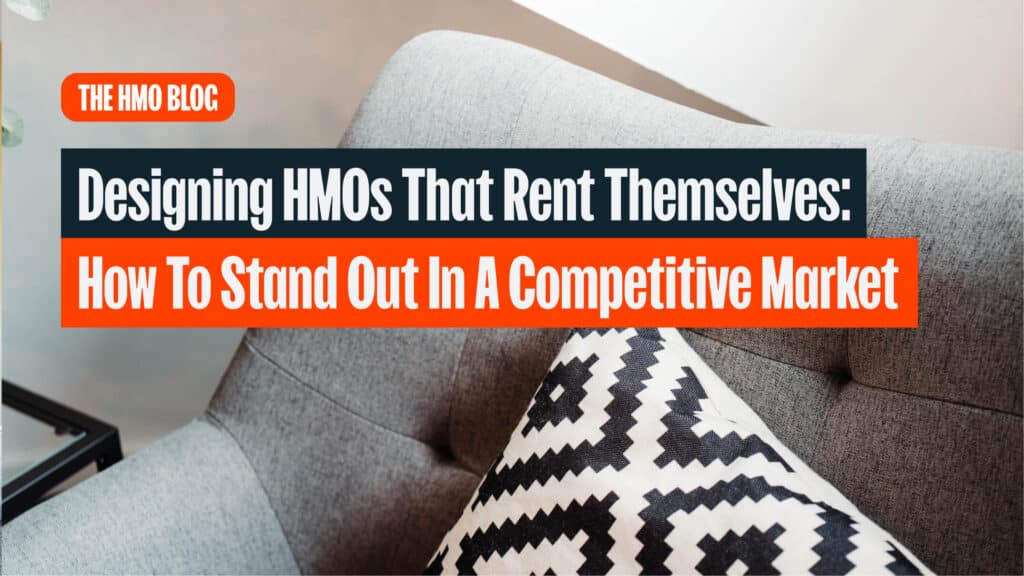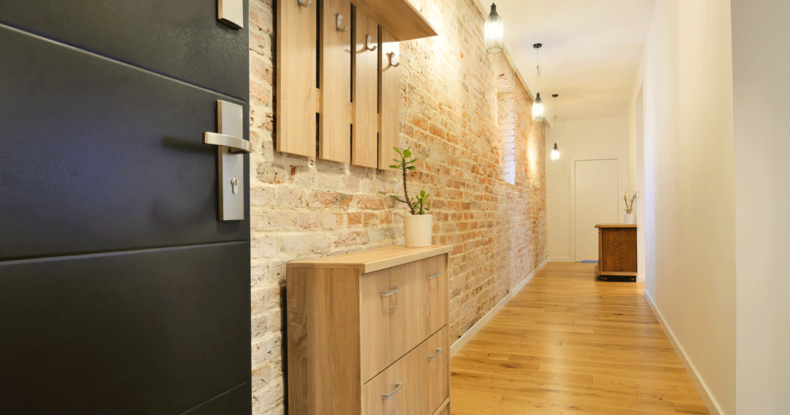
Photo by Elite Dwellings
The HMO market is more competitive than ever. With rising supply in many cities, landlords can no longer rely on location alone to attract tenants. Today’s renters—especially young professionals—expect more than just four walls and a bed. They want well-designed, comfortable spaces that make shared living enjoyable. The right design can make your property so appealing that it almost markets itself. Here’s how to achieve that.
Think Beyond Function—Create a Lifestyle
An HMO is more than a collection of bedrooms; it’s a shared living experience. Tenants are choosing a home, not just a room. Incorporating design features that foster community—such as a welcoming lounge, a stylish dining area, or a shared garden—can make your property stand out. Consider what will make tenants proud to invite friends over. A small investment in communal comfort can pay off in higher occupancy rates and longer tenancies.

First Impressions Start at the Door
Your hallway is the first thing tenants and prospective renters see. A well-lit, tidy entrance with durable flooring, mirrors to create a sense of space, and clever shoe or coat storage sets the tone. If the first impression is of care and attention, potential tenants will assume the rest of the property follows suit. Even simple touches—like consistent wall colours and modern light fittings—can elevate the entire feel.

Invest in the Kitchen and Communals
In HMOs, kitchens and communals are the most used (and abused) spaces. These areas can make or break a tenant’s decision. Opt for hard-wearing surfaces, good quality cabinetry, and easy-clean flooring. In communal areas, modern fixtures and furniture, and adequate light go a long way. If budget allows, aim for more than the legal minimum facilities; having an extra seating or larger cooking space instantly adds marketing value.

Prioritise Privacy and Comfort in Bedrooms
While communal areas are important, bedrooms are where tenants retreat for privacy. Good design here means quality beds and mattresses, blackout curtains, ample storage, and sufficient desk space for remote working. Neutral colour schemes with accent details appeal to a wide audience while still feeling warm and inviting. Tenants will remember the properties where they slept well and had space to breathe.

Use Design to Show Professionalism
Tenants can spot a “thrown together” HMO instantly. Coordinated colour schemes, consistent furniture choices, and clear branding (yes, even in rental properties) show you care about the tenant experience. Simple touches—artwork, plants, soft furnishings—create a polished look without overspending. And don’t underestimate good lighting; warm, layered light sources make spaces more inviting than the default harsh ceiling bulb.

In a competitive HMO market, design is a business tool. By focusing on lifestyle, comfort, and visual appeal—not just compliance—you can create a property that tenants actively seek out. The goal is to make people walk in and think: “I could see myself living here.” When your HMO offers that feeling, you’ll find it rents itself—at better rates and with less downtime.

About the Author:
Mary and Andrew are architects, designers, and, most importantly, HMO investors. They combine their knowledge of HMO investing with their 20+ years of experience in architecture to help investors maximise the potential in their projects through layout optimisation and high-end design. Learn more about Mary and Andrew here.